-
 bitcoin
bitcoin $109547.008142 USD
0.04% -
 ethereum
ethereum $4011.838726 USD
-0.05% -
 tether
tether $1.000402 USD
-0.01% -
 xrp
xrp $2.798606 USD
0.88% -
 bnb
bnb $970.877944 USD
1.39% -
 solana
solana $202.237275 USD
-0.95% -
 usd-coin
usd-coin $0.999673 USD
0.00% -
 dogecoin
dogecoin $0.229294 USD
-1.15% -
 tron
tron $0.336370 USD
-0.45% -
 cardano
cardano $0.777260 USD
-1.66% -
 hyperliquid
hyperliquid $45.503019 USD
1.73% -
 ethena-usde
ethena-usde $1.000362 USD
0.01% -
 chainlink
chainlink $20.785303 USD
-1.10% -
 avalanche
avalanche $28.755822 USD
-0.11% -
 stellar
stellar $0.358303 USD
-0.48%
What is decentralization?
Cryptocurrency's decentralization, enabled by blockchain, distributes control, enhancing security and transparency while resisting censorship. However, scalability, regulation, and user experience remain challenges.
Mar 14, 2025 at 06:51 pm
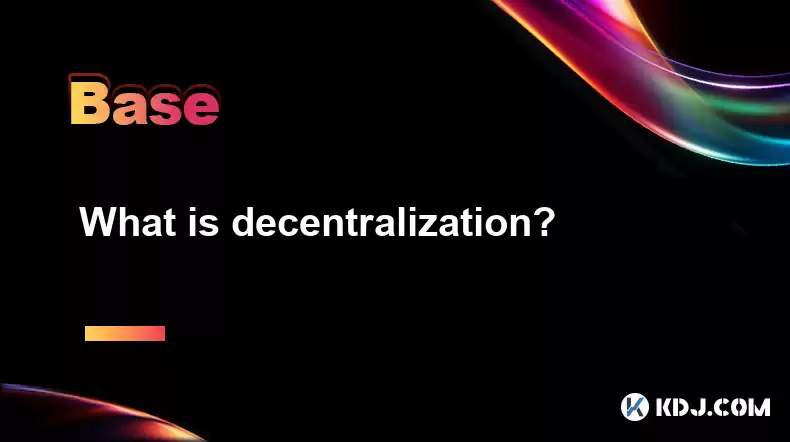
- Decentralization, in the context of cryptocurrency, refers to the distribution of power and control away from a central authority.
- This contrasts with centralized systems like traditional banking, where a single entity controls all aspects of the system.
- Decentralization is achieved through blockchain technology, which uses a distributed ledger to record and verify transactions.
- The benefits of decentralization include increased security, transparency, and resilience to censorship and single points of failure.
- However, decentralization also presents challenges, such as scalability, regulation, and user experience.
Decentralization, in the cryptocurrency world, signifies a paradigm shift from traditional centralized systems. Unlike centralized systems, where a single entity (like a bank or government) holds complete control, decentralization distributes power and control across a network of participants. This distribution prevents any single entity from dominating or manipulating the system. This concept is fundamental to the ethos of many cryptocurrencies and blockchain technologies.
How is Decentralization Achieved in Cryptocurrency?The cornerstone of decentralized cryptocurrencies is blockchain technology. A blockchain is a distributed, immutable ledger that records all transactions across a network of computers. Each transaction is verified by multiple nodes (computers) in the network, ensuring transparency and preventing fraud. This distributed nature eliminates the need for a central authority to validate transactions.
What are the Benefits of Decentralization in Cryptocurrency?Decentralization offers several advantages. Firstly, it enhances security. With no single point of failure, the system is more resilient to attacks and manipulation. Secondly, it promotes transparency. All transactions are publicly viewable (though user identities may be pseudonymous), fostering trust and accountability. Thirdly, it provides censorship resistance. No single entity can block or censor transactions, unlike in centralized systems.
What are the Challenges of Decentralization in Cryptocurrency?Despite its benefits, decentralization also presents hurdles. Scalability remains a significant challenge. Processing a large volume of transactions on a decentralized network can be slow and expensive. Regulation is another concern. The decentralized nature of cryptocurrencies makes it difficult for governments to oversee and regulate them effectively. Finally, user experience can be complex for those unfamiliar with the technology. Managing private keys and navigating blockchain interfaces can be challenging.
Different Levels of Decentralization:It's crucial to understand that "decentralization" isn't a binary concept. There are varying degrees of decentralization. Some cryptocurrencies are highly decentralized, with a vast network of nodes and a robust consensus mechanism. Others may be more centralized, with a smaller number of nodes or a more hierarchical structure. The level of decentralization can impact the security, scalability, and resilience of a cryptocurrency. Understanding these nuances is vital for navigating the cryptocurrency landscape.
Decentralization vs. Centralization in Cryptocurrency:Let's contrast decentralized and centralized systems in the context of finance. A centralized system, like a traditional bank, operates under the control of a single entity. This entity manages accounts, processes transactions, and sets policies. A decentralized system, like a cryptocurrency network, distributes these functions across a network of participants. This fundamental difference has significant implications for security, transparency, and control.
The Role of Consensus Mechanisms in Decentralization:Consensus mechanisms are crucial for maintaining the integrity and security of decentralized cryptocurrencies. These mechanisms ensure that all nodes in the network agree on the valid state of the blockchain. Different consensus mechanisms, such as Proof-of-Work (PoW) and Proof-of-Stake (PoS), have varying levels of energy efficiency and security trade-offs. The choice of consensus mechanism significantly influences the level of decentralization and the overall performance of the cryptocurrency.
The Future of Decentralization in Cryptocurrency:The future of decentralization in cryptocurrency is a subject of ongoing debate and innovation. Researchers are exploring new consensus mechanisms and blockchain architectures to improve scalability, security, and user experience. The interplay between decentralization and regulation will also continue to shape the evolution of the cryptocurrency landscape. The push for greater accessibility and ease of use will likely influence the design of future decentralized systems.
How does decentralization impact security?Decentralization significantly enhances security. In a centralized system, a single point of failure exists—compromising the central server compromises the entire system. Decentralized systems distribute this risk. Even if some nodes are compromised, the remaining nodes maintain the integrity of the blockchain. This resilience against single points of failure is a key security advantage.
How does decentralization impact censorship resistance?Decentralization makes cryptocurrencies resistant to censorship. In centralized systems, a central authority can censor transactions or accounts at will. In decentralized systems, this is significantly more difficult, requiring the collusion of a large number of nodes. This inherent resistance to censorship is a fundamental principle of many cryptocurrencies.
How does decentralization impact scalability?Decentralization presents scalability challenges. Processing large numbers of transactions across a distributed network can be computationally expensive and slow. Various solutions, such as sharding and layer-2 scaling solutions, are being explored to address these scalability limitations without compromising decentralization.
Frequently Asked Questions:Q: Is complete decentralization possible?A: While the goal of many cryptocurrencies is complete decentralization, it's a complex challenge. In practice, various factors, including mining centralization (in PoW systems) and validator centralization (in PoS systems), can affect the degree of decentralization. Complete decentralization is a theoretical ideal, continually evolving in practice.
Q: How does decentralization affect transaction fees?A: Decentralization can indirectly influence transaction fees. High network congestion, a potential consequence of a highly decentralized but unscalable network, can lead to increased transaction fees. Scalability solutions aim to mitigate this by increasing transaction throughput without compromising decentralization.
Q: What are the regulatory implications of decentralization?A: The decentralized nature of cryptocurrencies poses challenges for regulators. Traditional regulatory frameworks often struggle to adapt to decentralized, borderless systems. This leads to ongoing debates about how to effectively regulate cryptocurrencies while respecting their decentralized nature.
Disclaimer:info@kdj.com
The information provided is not trading advice. kdj.com does not assume any responsibility for any investments made based on the information provided in this article. Cryptocurrencies are highly volatile and it is highly recommended that you invest with caution after thorough research!
If you believe that the content used on this website infringes your copyright, please contact us immediately (info@kdj.com) and we will delete it promptly.
- Whale Movements, XPL Token, and Hyperliquid: Decoding the Crypto Tides
- 2025-09-28 14:25:14
- BullZilla Roars: Presales, Ripple, and TRON in the Crypto Jungle
- 2025-09-28 14:25:14
- Nation-State Bitcoin Adoption: Samson Mow's Perspective on the 'Suddenly' Moment
- 2025-09-28 14:45:12
- XRP Price, WallStreetBets, and Rally Prediction: A New Era?
- 2025-09-28 14:45:12
- Pi Network, Sign Protocol, and the Binance Listing Buzz: What's the Deal?
- 2025-09-28 14:30:01
- BTC, HODLers, and a Potential Bull Run: A New Yorker's Take
- 2025-09-28 14:30:01
Related knowledge
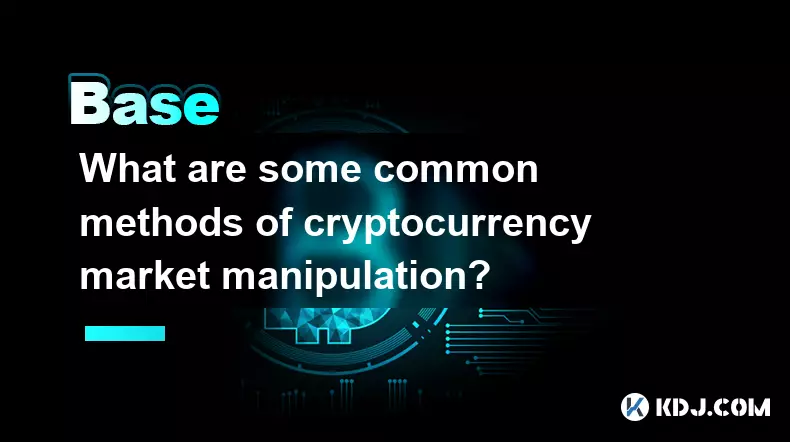
What are some common methods of cryptocurrency market manipulation?
Sep 27,2025 at 02:55am
Wash Trading and Its Impact on Market Perception1. Wash trading involves an individual or entity simultaneously buying and selling the same cryptocurr...
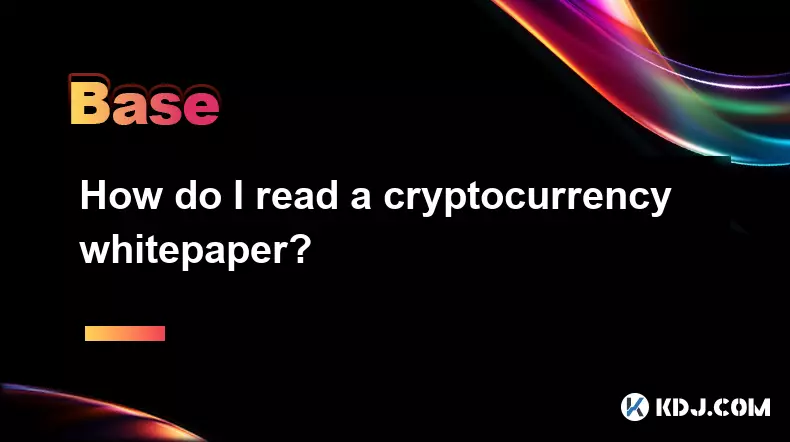
How do I read a cryptocurrency whitepaper?
Sep 27,2025 at 05:54am
Understanding the Structure of a Cryptocurrency Whitepaper1. Begin by identifying the executive summary, which outlines the project’s core vision and ...
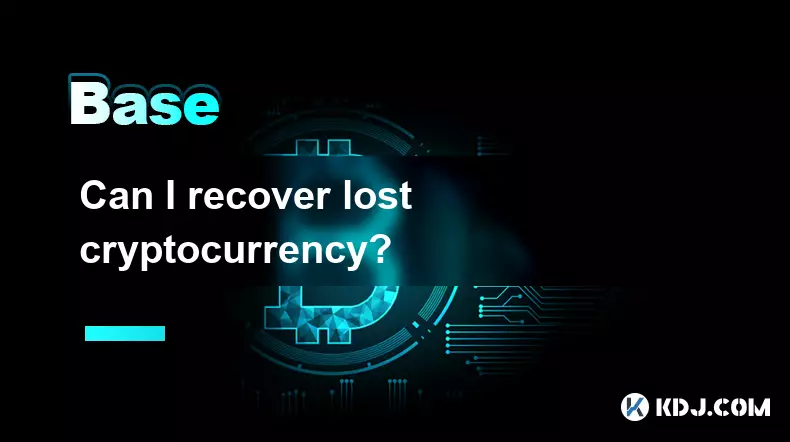
Can I recover lost cryptocurrency?
Sep 25,2025 at 08:18am
Understanding the Nature of Cryptocurrency Loss1. Cryptocurrency operates on decentralized networks, meaning there is no central authority to reverse ...
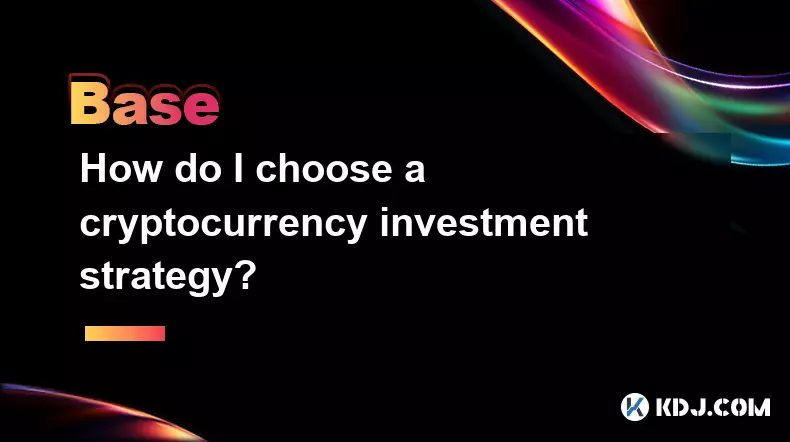
How do I choose a cryptocurrency investment strategy?
Sep 27,2025 at 03:55pm
Understanding Risk Tolerance in Crypto Investing1. Assessing personal risk tolerance is a foundational step when entering the cryptocurrency market. V...

How can I earn passive income from cryptocurrency?
Sep 23,2025 at 10:18am
Staking Cryptocurrencies for Regular Returns1. Many blockchain networks operate on a proof-of-stake (PoS) consensus mechanism, allowing users to earn ...
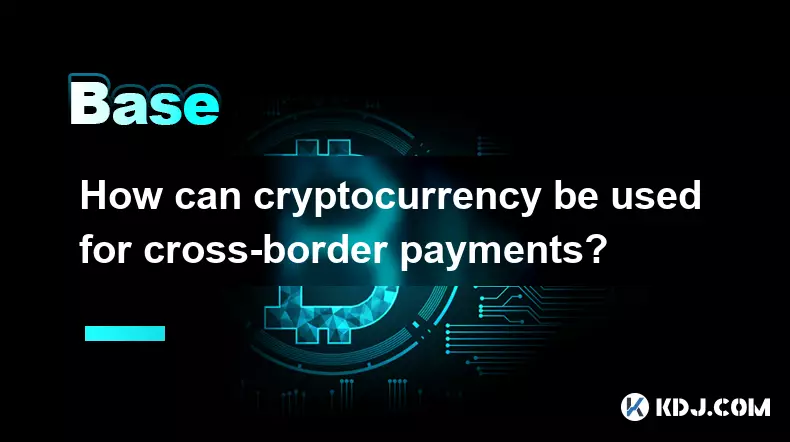
How can cryptocurrency be used for cross-border payments?
Sep 28,2025 at 01:36am
Efficiency in International Transactions1. Cryptocurrency enables near-instant settlement across borders without relying on traditional banking interm...

What are some common methods of cryptocurrency market manipulation?
Sep 27,2025 at 02:55am
Wash Trading and Its Impact on Market Perception1. Wash trading involves an individual or entity simultaneously buying and selling the same cryptocurr...

How do I read a cryptocurrency whitepaper?
Sep 27,2025 at 05:54am
Understanding the Structure of a Cryptocurrency Whitepaper1. Begin by identifying the executive summary, which outlines the project’s core vision and ...

Can I recover lost cryptocurrency?
Sep 25,2025 at 08:18am
Understanding the Nature of Cryptocurrency Loss1. Cryptocurrency operates on decentralized networks, meaning there is no central authority to reverse ...

How do I choose a cryptocurrency investment strategy?
Sep 27,2025 at 03:55pm
Understanding Risk Tolerance in Crypto Investing1. Assessing personal risk tolerance is a foundational step when entering the cryptocurrency market. V...

How can I earn passive income from cryptocurrency?
Sep 23,2025 at 10:18am
Staking Cryptocurrencies for Regular Returns1. Many blockchain networks operate on a proof-of-stake (PoS) consensus mechanism, allowing users to earn ...

How can cryptocurrency be used for cross-border payments?
Sep 28,2025 at 01:36am
Efficiency in International Transactions1. Cryptocurrency enables near-instant settlement across borders without relying on traditional banking interm...
See all articles










































































